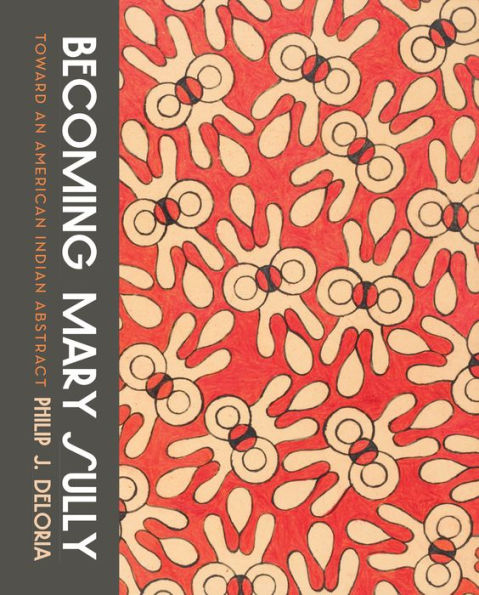

Paperback
-
PICK UP IN STORECheck Availability at Nearby Stores
Available within 2 business hours
Related collections and offers
Overview

Product Details
| ISBN-13: | 9780295745046 |
|---|---|
| Publisher: | University of Washington Press |
| Publication date: | 04/24/2019 |
| Pages: | 336 |
| Product dimensions: | 7.30(w) x 8.90(h) x 0.90(d) |
| Age Range: | 18 Years |
About the Author
Table of Contents
Acknowledgments ix
Introduction: Native to Modernism 3
Part 1 Becoming Mary Sully
Chapter 1 Genealogies: Sound from Everywhere 27
Chapter 2 Histories: To Wake Up and Live 59
Part 2 Reading Mary Sully
Chapter 3 Interpretation: Toward an American Indian Abstract 93
Chapter 4 Contextualization: The Impossible Subject 145
Part 3 Realizing Mary Sully
Chapter 5 Psychology and Culture: The Nature of the Margin 191
Chapter 6 Politics and the Edges: Reading Three Stages of Indian History 227
Conclusion: Luta and the Double Woman 261
Notes 281
Index 314
What People are Saying About This
"Makes available a unique and fascinating body of modern art that, as interpreted by the author, expands our understanding not only of Native American but also of American modernism during the first half of the twentieth century."
"Mary Sully’s art stops you in your tracks. So do the interpretations offered by her great-nephew Phil Deloria. Deloria argues that Sully was a ‘native to modernism,’ an extraordinary early twentieth-century talent whose personality prints disrupt the categories of American Indian and modernist art genres. Once again, Deloria sets the bar for brilliant Indigenous scholarship that elevates our understandings of our shared—Indigenous and non-Indigenous—world."
